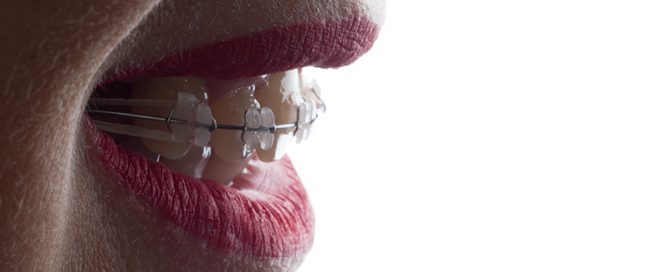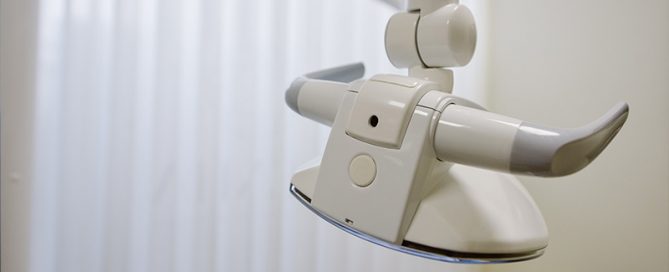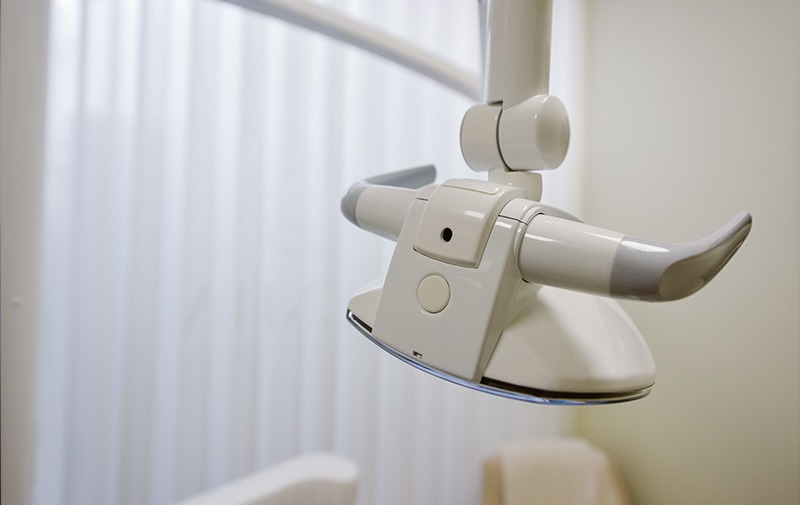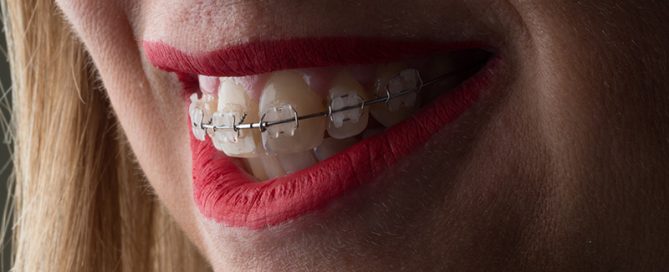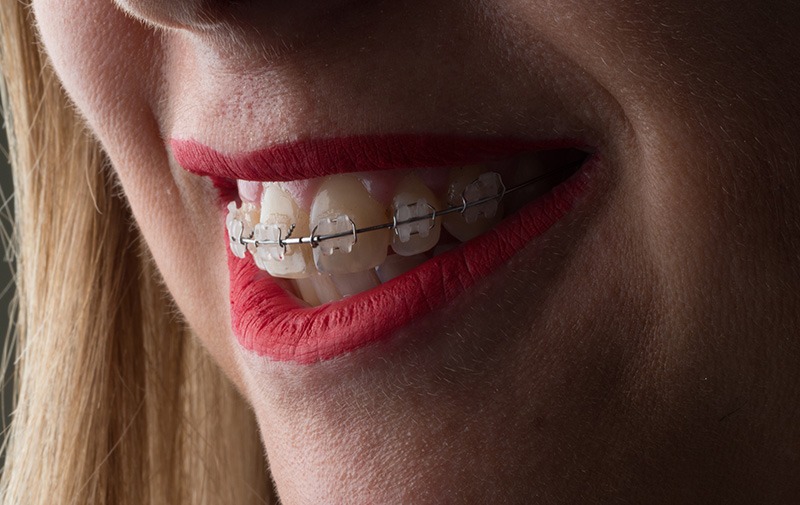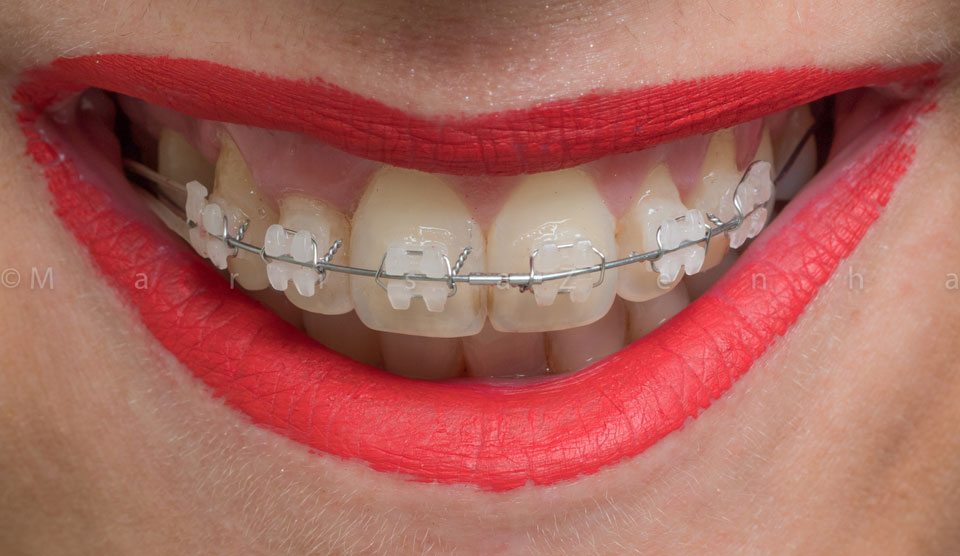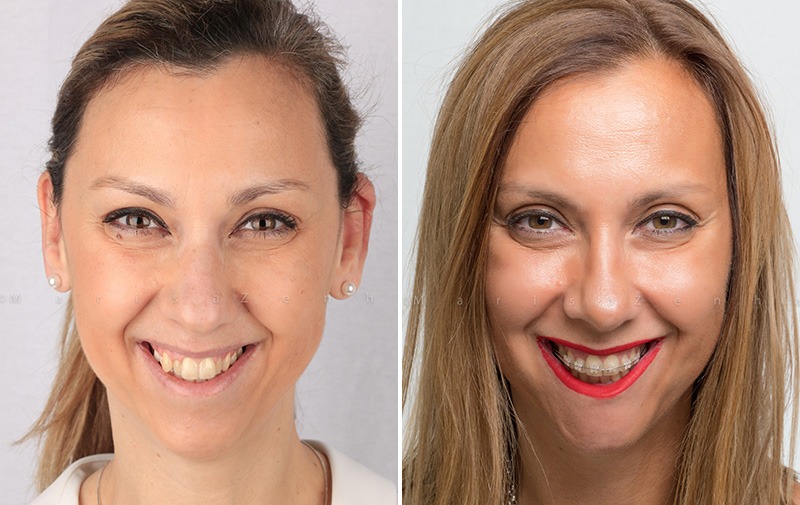Types of Orthodontic Braces
In this new article, I decided to address this topic: types of orthodontic braces. I talk about the most common orthodontic appliances (though of course, many more are used! =) )
Before I start, I want to say that this topic is very important, and aims to answer some questions that patients ask me daily. However, the most important part of the treatment is not the type of appliance. The most important part is the diagnosis—it’s knowing exactly what is wrong and planning the treatment (using different types of appliances) to correct that/those part(s) without changing what is already right! This task should be carried out by a Specialist in Orthodontics, who is dedicated to this branch of Dental Medicine.
Types of orthodontic braces
1. Fixed
1. Metal bracket fixed orthodontic appliance
It is the most common type of fixed orthodontic appliance.
The brackets are glued to the teeth, and a wire (archwire) is placed on them and secured with ligatures. These ligatures can be metallic or elastomeric (colored ligatures). Through the interaction between the wire and the bracket, forces are generated that move the teeth.
Although this appliance is “fixed,” the success of the treatment depends on the patient’s cooperation, namely on attending appointments regularly, proper oral hygiene of the teeth and the orthodontic appliance, and strictly following the instructions given by the responsible clinician.

Fig.1 Braquetes metálicos com ligaduras metálicas.

Fig.2 – Braquetes metálicos com ligaduras elastoméricas.
2. Fixed Orthodontic Braces with Aesthetic Brackets
This type of appliance is similar to the previous one, with the teeth moving according to the same principles, and the forces generated in the same way. This type of appliance is made of more transparent materials or opaque ones with a color similar to that of the teeth, providing better aesthetics compared to metal ones.
Although the improved aesthetics are attractive to adults, making it a very common option, the brackets tend to be slightly larger, more brittle, and generate a bit more friction than metal ones.

Fig.3 – Braquetes estéticos.
3. Fixed Lingual Orthodontic Braces
It is the only completely invisible orthodontic appliance. Since it is placed on the inner surface of the teeth, it is not visible.
The way it works is similar to the metal/aesthetic fixed orthodontic appliance placed on the vestibular side (the visible part of the teeth) – it is also made up of brackets, wires (wires), and ligatures – but the manufacturing process is, in most cases, different.
In most lingual orthodontic appliances, each bracket is individually produced for each tooth (of each patient), making it considerably more expensive.

Fig.4 – Paciente em tratamento com aparelho ortodôntico fixo lingual.

Fig.5 – Aparelho ortodôntico fixo lingual colado nos dentes da arcada superior
2. Removable
It is a myth to say that removable braces are no longer used!
There are many types of removable orthodontic appliances, and they are used in various clinical situations, but they always have one thing in common: they depend 100% on the patient’s cooperation! Here are a few examples.
Some are made at the end of the fixed orthodontic treatment to maintain the results of the treatment – removable retention appliances – others are used to guide/stimulate skeletal growth – functional appliances – and others are used to move teeth – removable orthodontic appliances with springs/loops, aligners, etc.
Removable Retention Appliances
At the end of any orthodontic treatment, it is very common for patients to have to use, for a defined period, a removable retention appliance. The goal of these appliances is to keep the teeth in their “new” (and corrected!) positions so that the tendency for them to “shift back” is minimized. The use of these appliances, according to the instructions provided, is crucial for maintaining the treatment results.

Fig.6 – Aparelho de contenção removível.
Aligner Appliances
These appliances are probably the most well-known orthodontic devices, with advertising campaigns circulating in magazines and on television.
Despite their level of sophistication, it remains important to highlight the circumstances in which they should/can be used.
It is important to seek the opinion of an orthodontic specialist who will present all the treatment options.
These appliances are almost invisible and quite sophisticated, custom-made.
Just like most fixed lingual orthodontic appliances, they are produced using software that allows visualizing and planning the desired results.
Correction is achieved through a series of transparent aligners that fit onto the teeth, applying the previously planned pressure.
Aesthetics is one of the benefits of this type of appliance, as it is transparent and has no wires, making it generally unnoticed.
Since it is removable, it can be taken out for eating and allows for easier brushing compared to fixed appliances.
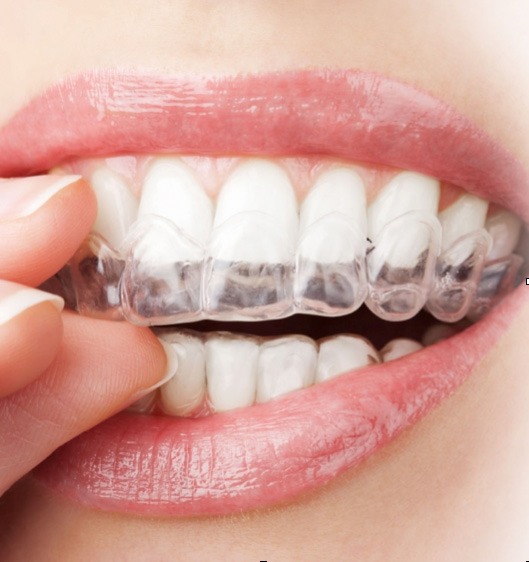
Fig.7 – Alinhador transparente.

